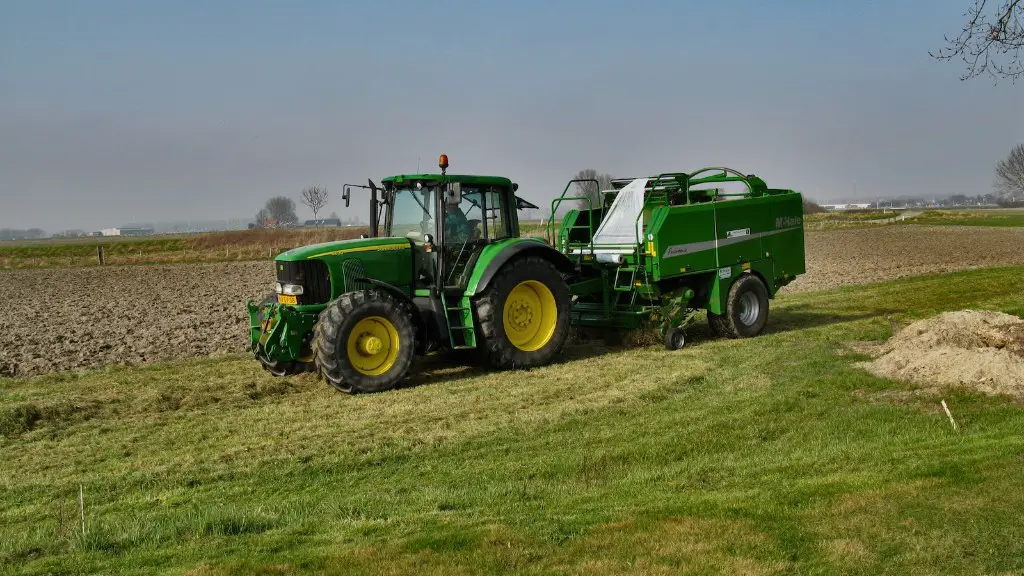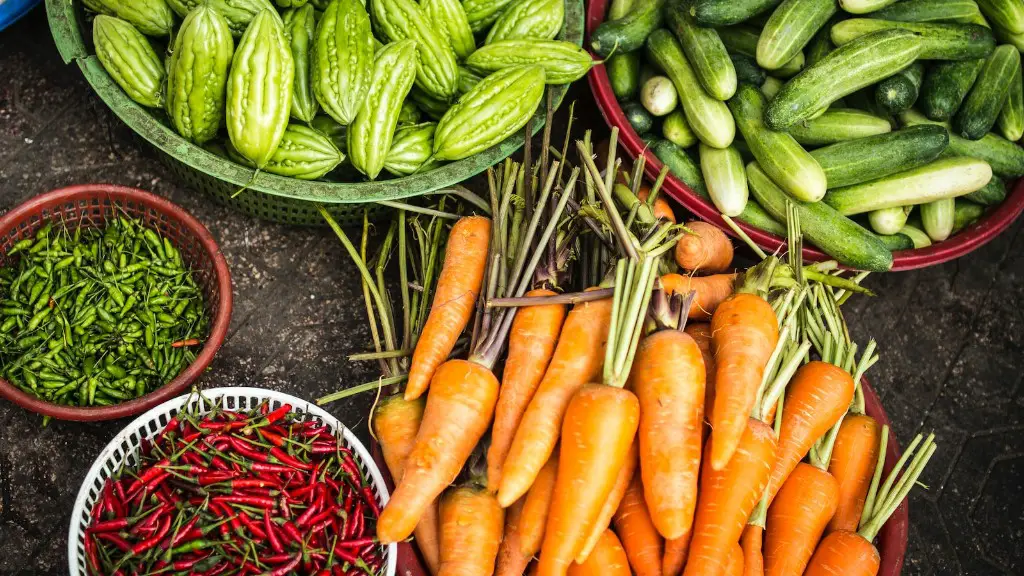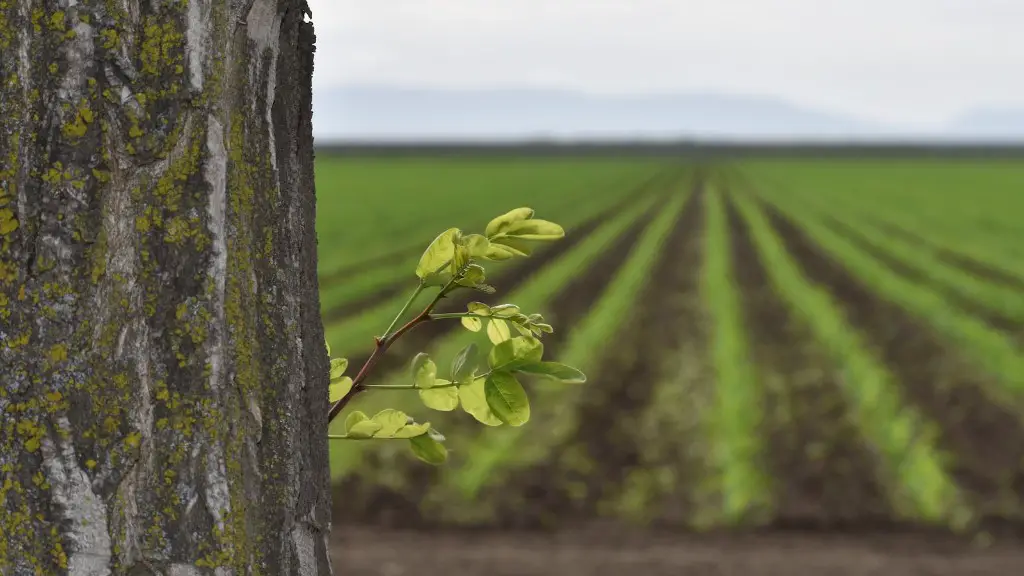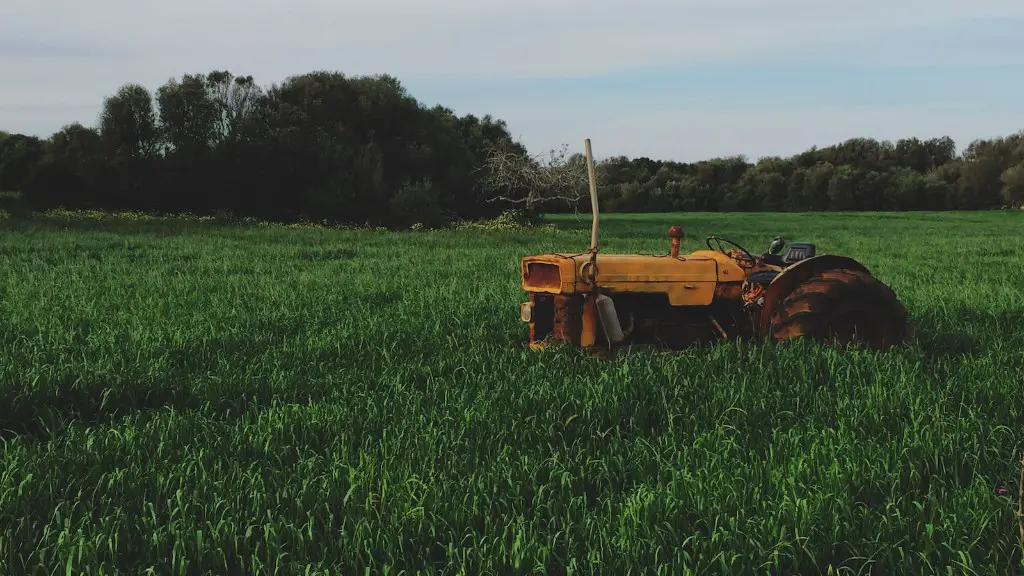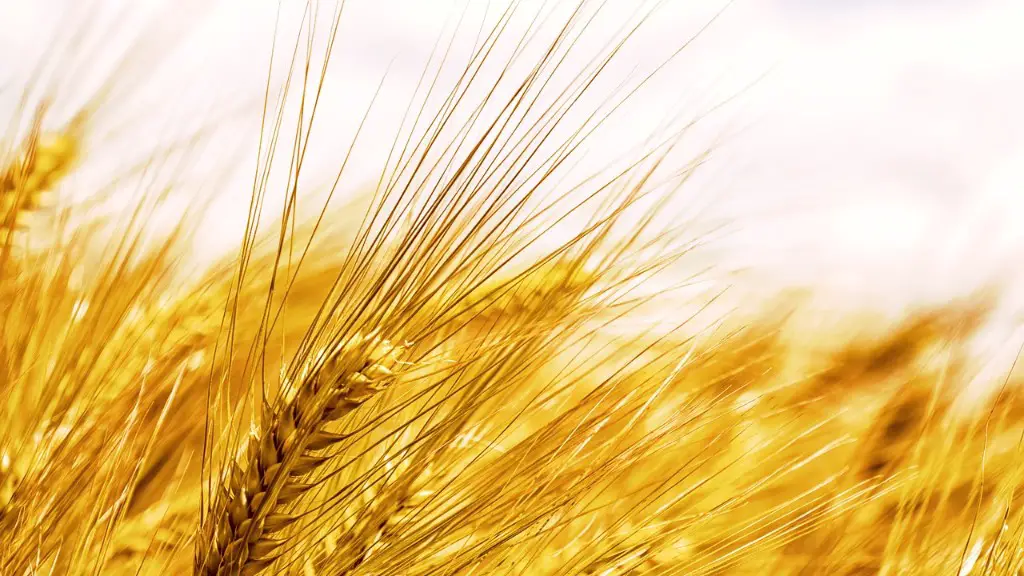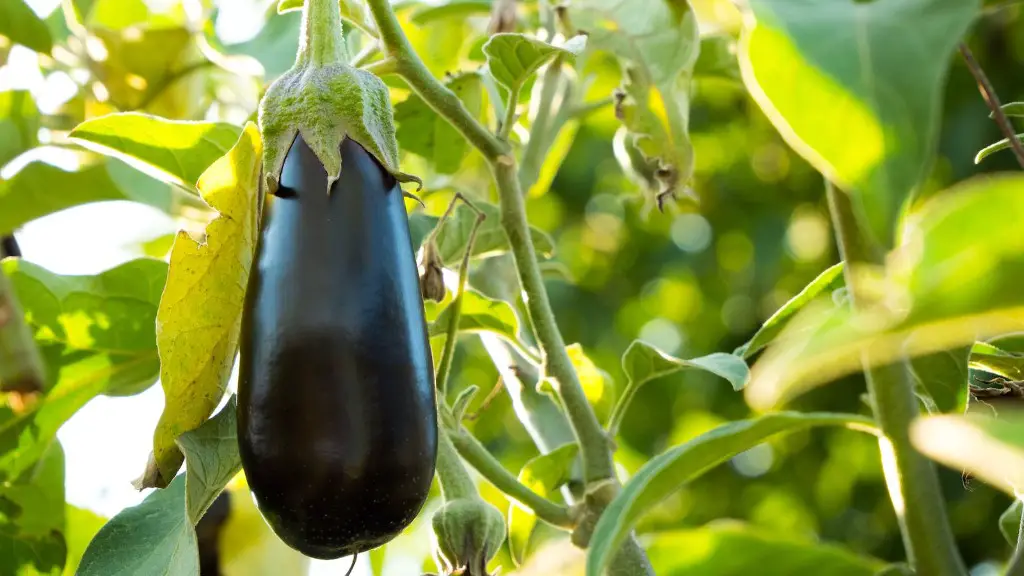There are many theories about where agriculture started, but the most likely explanation is that it began independently in different parts of the world. Agriculture allowed for the domestication of plants and animals, which led to the development of civilizations. Agriculture allowed for the growth of cities and the rise of empires. It has been a vital part of human history and will continue to be so into the future.
There is evidence that agriculture started around 10,000 BC in the Middle East. It is thought that early farming methods were based on a combination of animal husbandry, horticulture, and scavenging.
When did agriculture begin and where?
The Zagros Mountain range, which lies at the border between Iran and Iraq, was home to some of the world’s earliest farmers. Sometime around 12,000 years ago, our hunter-gatherer ancestors began trying their hand at farming. The Zagros Mountains were a perfect place for early farmers to settle because they provided a good source of water and ample land for farming. The early farmers of the Zagros Mountains were able to successfully grow crops and raise livestock, which allowed them to develop a thriving community. Today, the Zagros Mountains are still home to many farmers and their families who continue to live and work in the same way that their ancestors did.
Egyptians were among the first peoples to practice agriculture on a large scale. This was made possible with the development of basin irrigation. Basin irrigation allowed for the large-scale irrigation of crops, which in turn allowed for the development of agriculture. The first large-scale irrigation projects were undertaken in the pre-dynastic period, from the end of the Paleolithic period to the Neolithic period. These projects allowed for the cultivation of crops on a large scale, which led to the development of agriculture.
Where did agriculture begin in America
The origins of agriculture are still being debated, but it is clear that it arose independently in at least three regions: South America, Mesoamerica, and eastern North America. Each region had its own unique plants and animals that were domesticated, and there is evidence that early farmers in each region experimented with different methods of cultivation. Agriculture allowed for the growth of civilizations and the development of complex societies, and it continues to be a vital part of the world economy today.
Native Americans have a long and rich history of farming domesticated crops in the Eastern Woodlands, the Great Plains, and the American Southwest. They have played a vital role in shaping the agricultural landscape of the United States, and their contributions are still evident today. Native American farmers have developed many innovative techniques and cultivars that have helped to improve the productivity and sustainability of American agriculture.
How did agriculture first start?
The wild progenitors of crops including wheat, barley, and peas are traced to the Near East region. Cereals were grown in Syria as long as 9,000 years ago, while figs were cultivated even earlier; prehistoric seedless fruits discovered in the Jordan Valley suggest fig trees were being planted some 11,300 years ago. This region is thought to be the birthplace of agriculture, and the first crops cultivated were likely wheat, barley, and peas. Over time, these crops were domesticated and began to spread throughout the world. Today, wheat, barley, and peas are still important crops, and the Near East region remains an important center of agriculture.
Agriculture allowed for the domestication of plants and animals, which led to the development of civilizations. Agriculture allowed for the growth of cities and the rise of civilizations. Agriculture allowed for the growth of food surpluses, which allowed for the development of trade and commerce. Agriculture allowed for the growth of civilizations.
When did agriculture start in history?
Agriculture is one of the oldest human activities and it has undergone significant developments since the time of the earliest cultivation. Agriculture was developed independently in different parts of the world, including northern and southern China, Africa’s Sahel, New Guinea, and several regions of the Americas. The development of agriculture has had a profound impact on human societies, providing a reliable source of food and other products and supporting the growth of civilizations.
The first agricultural revolution was a major turning point in human history. It saw the transition from hunting and gathering to a more settled, sedentary lifestyle. This allowed for the development of civilizations and the growth of cities. It also had a profound impact on the environment, as large areas of land were cleared for farming. The first agricultural revolution began around 10,000 BP and lasted until around 4,000 BP.
What is the origin or history of agriculture
The agricultural revolution was a period of time in which the origins of agriculture occurred. This period of time lasted from about 10,000 years ago to the present day. The agricultural revolution occurred in certain suitable regions, known as “core areas” or “nuclear zones”. The key factor in this process was the biological domestication of targeted plants and animals through selective breeding and other forms of selection (see Domestication and Development).
The first agrarian civilizations developed at about 3200 BCE in Mesopotamia, in Egypt and Nubia (now northern Sudan), and in the Indus Valley. More appeared in China a bit later and in Central America and along the Andes Mountains of South America at about 2000–1000 BCE.
Agrarian civilizations are those that primarily rely on agriculture for their subsistence. The earliest agrarian civilizations developed in a number of different places around the world independently of one another.
One of the key features of agrarian civilizations is their use of irrigation systems to support agriculture. The first known irrigation systems date back to the early agrarian civilizations of Mesopotamia and Egypt.
Agrarian civilizations also tend to be more populous and urbanized than their non-agrarian counterparts. This is likely due to the increased food security and surpluses that come with successful agriculture.
Agrarian civilizations have played a pivotal role in human history. They have provided the foundations for many of the world’s great civilizations and have greatly influenced the course of human history.
How did early humans start farming?
Since the dawn of time, humans have been relying on plants for food. In the beginning, we may have just scavenged for berries and nuts that were already growing. But at some point, we started protecting the plants from birds and animals so that they could grow and the seeds could ripen. In this way, people became farmers.
Over the millennia, we’ve perfected our agricultural skills and now we’re able to grow an incredible variety of plants. But we still need to be careful stewards of the land, because without healthy plants, we wouldn’t be able to survive.
Farming is thought to have originated in the Near East and made its way to the Aegean coast in Turkey. From there, farming and the specific culture that came with it (such as new funerary rites and pottery) spread across much of Western Europe. This theory is supported by the fact that early farming settlements are found in the same locations as early European civilizations.
Who is the father of all agriculture
Norman Ernest Borlaug was an American agricultural scientist and humanitarian. He is considered by some to be the “father of modern agriculture” and the father of the green revolution. He won the 1970 Nobel Peace Prize for his life’s work.
George Washington was the first President of the United States and is also known as the Father of American Agriculture. He was an American farmer who is credited with helping to improve farming techniques in the early days of the country. He is also responsible for championing the development of agricultural education and research, which has helped make American agriculture what it is today.
Who was the first crop?
The wheat plant is thought to have originated in the Fertile Crescent, an area that includes parts of modern-day Iraq, Syria, Turkey, and Lebanon. The first cereal to be cultivated by man, wheat was sown, tended, and reaped soon after 8000 BC in several places in the Middle East. The people of Jericho, a city in the West Bank of the Jordan River, are the first known to have lived mainly from the cultivation of crops.
It is believed that farming first originated in West Africa around 3000 BCE. It is thought to have first appeared in the fertile plains on the border between present-day Nigeria and Cameroon. It is possible that there was a “Garden of Eden” there that lured people into early farming.
Final Words
The origins of agriculture can be traced back to the Neolithic Period, also known as the New Stone Age. This was a time when humans began to domesticate plants and animals and to develop new technologies for farming. The first crops were probably wheat, barley, and peas, followed by rice and millet.
There is no definitive answer to this question as there are many theories and opinions on the matter. However, it is generally agreed that agriculture probably started independently in different parts of the world at different times.
